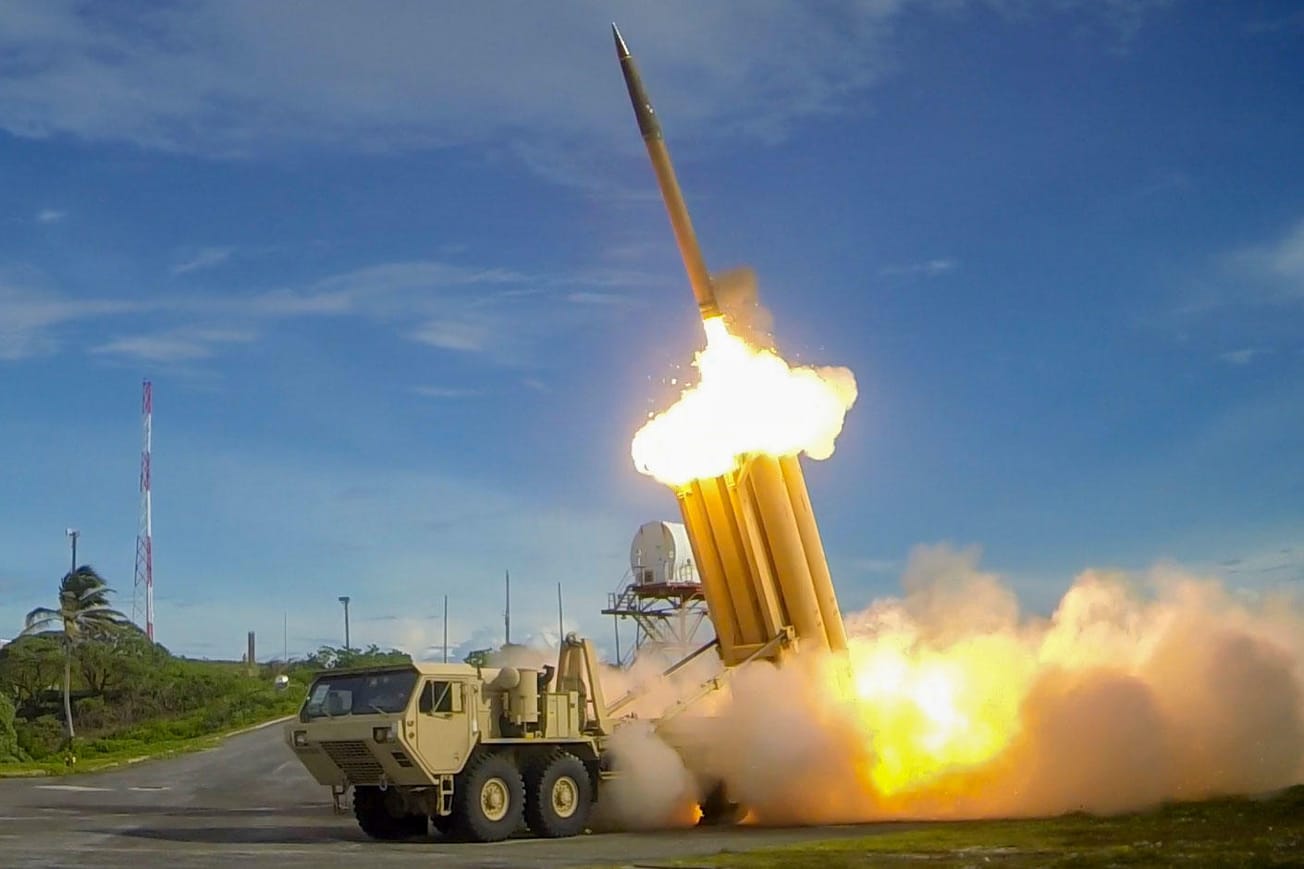The May 23 New York Times weighed in on the May 3 drone attack on the Kremlin, citing anonymous U.S. officials who claim access to electronic spying upon both Russian and Ukrainian officials on the day of the attack. The moral of the story, as with previous Times efforts on the assassination of Darya Dugina, and the bombing of the Nord Stream pipelines, is that dirty things happen by mysterious forces possibly connected to Kiev, but without the approval of the U.S., and possibly without the direct knowledge of Ukrainian President Zelenskyy.
The Times’s narrative: “American spy agencies see an emerging picture of a loose confederation of Ukrainian units able to conduct limited operations inside and outside Russia, either by using their own personnel, or partners working under their direction. Some of these missions could have been conducted with little, if any, oversight from Mr. Zelenskyy.”
The article makes no mention of the specific claims by the head of Ukraine’s Military Intelligence Directorate (GUR) Kyrylo Budanov regarding wetworks (sabotage and assassinations) inside Russia, or the names of any participants in the “loose confederation of Ukrainian units,” such as Denis Kaputsin (aka Nikitin) and his “Russian Volunteer Corps,” or Ilya Ponomarev and his “National Republican Army” or his “Free Russia Legion"—operatives who variously claim coordination with the GUR and/or membership in the special forces of the Ukrainian military.
The Times does take one step closer than previous narratives, in their explanation of the “difficulty” in tracking down matters: “For example, the Security Service of Ukraine, the Main Directorate of Intelligence and the Ukrainian military each field their own special forces units.” So, there is confusion as to who is doing what.
Otherwise, the article refers to the U.S.’s “intercepted communications” of both Russian and Ukrainian officials, indicating that Ukraine was behind the attack on the Kremlin, but “U.S. officials say that some Ukrainian covert operatives work largely independently and without direct supervision from Mr. Zelenskyy or his top deputies.… Instead, American officials said they suspect that Mr. Zelenskyy and his top aides have set the broad parameters of the covert campaign, leaving decisions about who and what to target to the security services and their operatives. In doing so, Mr. Zelenskyy and his top aides can deny knowing about them.”
This version of the narrative deliberately ignores the tight connection between Zelenskyy, his “top aides,” and the security services. For example, Roman Mashovets, a deputy head of the Office of the President for three years now, was a longtime high-level GUR official. Mashovets was recently named as the coordinator of an assassination team that were caught, through the efforts of Russian intelligence, before they carried out actions against the head of Crimea and two other high-level Crimean officials. Regardless of such niceties, the Times/intel community narrative send their messages. To Zelenskyy: We won’t stop you and your circle from doing whatever you are doing, but do a better job of distancing yourself. Things are getting dicier with the Russians. To Putin: We don’t really need a nuclear war, so let’s keep pretending. We’re just ratcheting up our proxy war yet another level.
So, the dance continues… until it doesn’t anymore.




